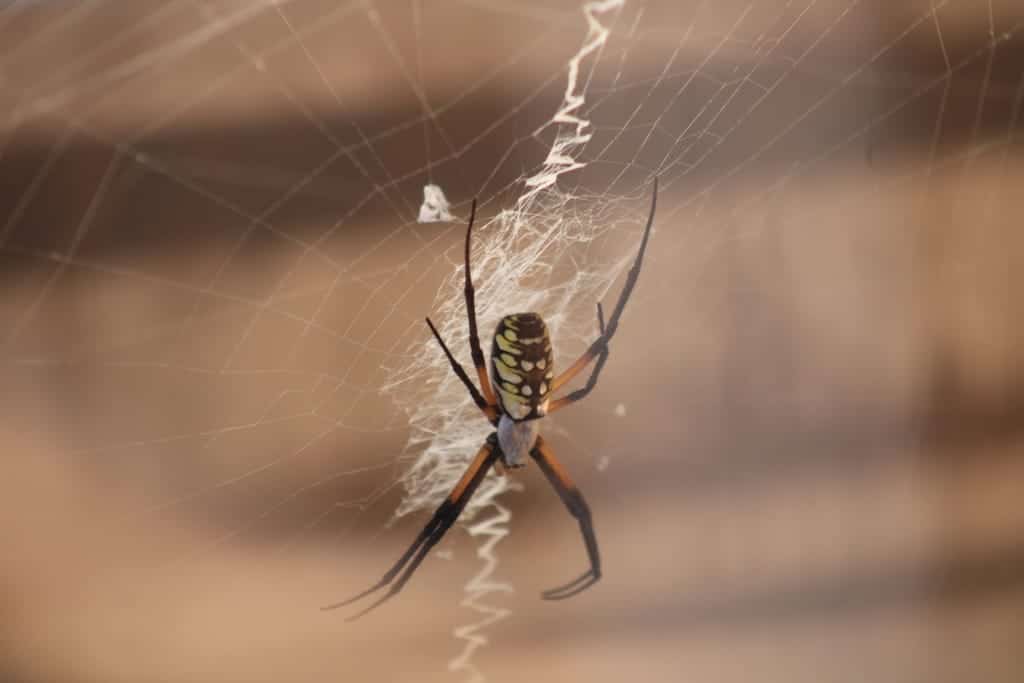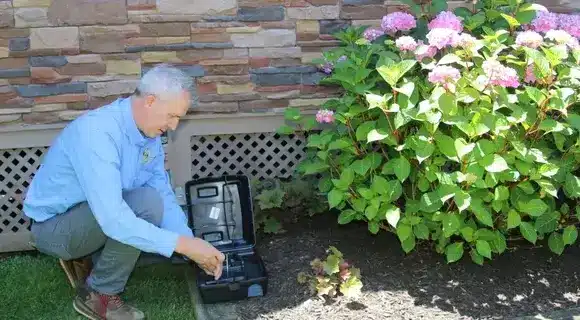


Spiders are primarily predators, feeding on insects and other small arthropods. Most species rely on venom to subdue their prey, but only a few pose any real risk to humans. Web-building species create elaborate traps to capture prey, while hunting spiders actively stalk and pounce on their food. Spiders lay eggs in silk sacs, and some species provide parental care until their young can fend for themselves.
Spiders require a different approach than standard crawling insects because they don’t always enter homes the same way. Our process includes:
Spiders enter homes through cracks, gaps in doors and windows, vents, and utility openings. Some are carried in on firewood, boxes, or plants.
Most spiders are harmless, but some, like black widows and brown recluses, can deliver venomous bites. These bites are rare and usually occur when the spider is disturbed.
Spider treatments reduce their presence but do not create an instant eradication. Since they do not groom themselves like insects, direct contact with treated surfaces is necessary for control. Regular service is key to long-term results.
Yes, we remove reachable spider webs (up to 6-8 feet high) during service visits. However, customers are encouraged to vacuum webs inside their homes for additional control.
Reducing exterior lighting, sealing entry points, managing moisture, and removing clutter can help deter spiders. Regular pest control treatments further reduce food sources and spider activity.
We recommend quarterly treatments to maintain a protective barrier and prevent re-infestations. This schedule also helps with other common household pests.
Yes, our spider treatment plan also helps control other insects that serve as a food source for spiders, making it a comprehensive pest management solution.
We have removed 9 of the harshest chemicals commonly used in the industry and instead use reduced-risk products like Essentria, Alpine, and Borate-based solutions. Our treatments are designed to be effective while considering environmental impact.
Yes, we do not lock customers into contracts. You can cancel with 30 days' notice if you're not happy with the results.


